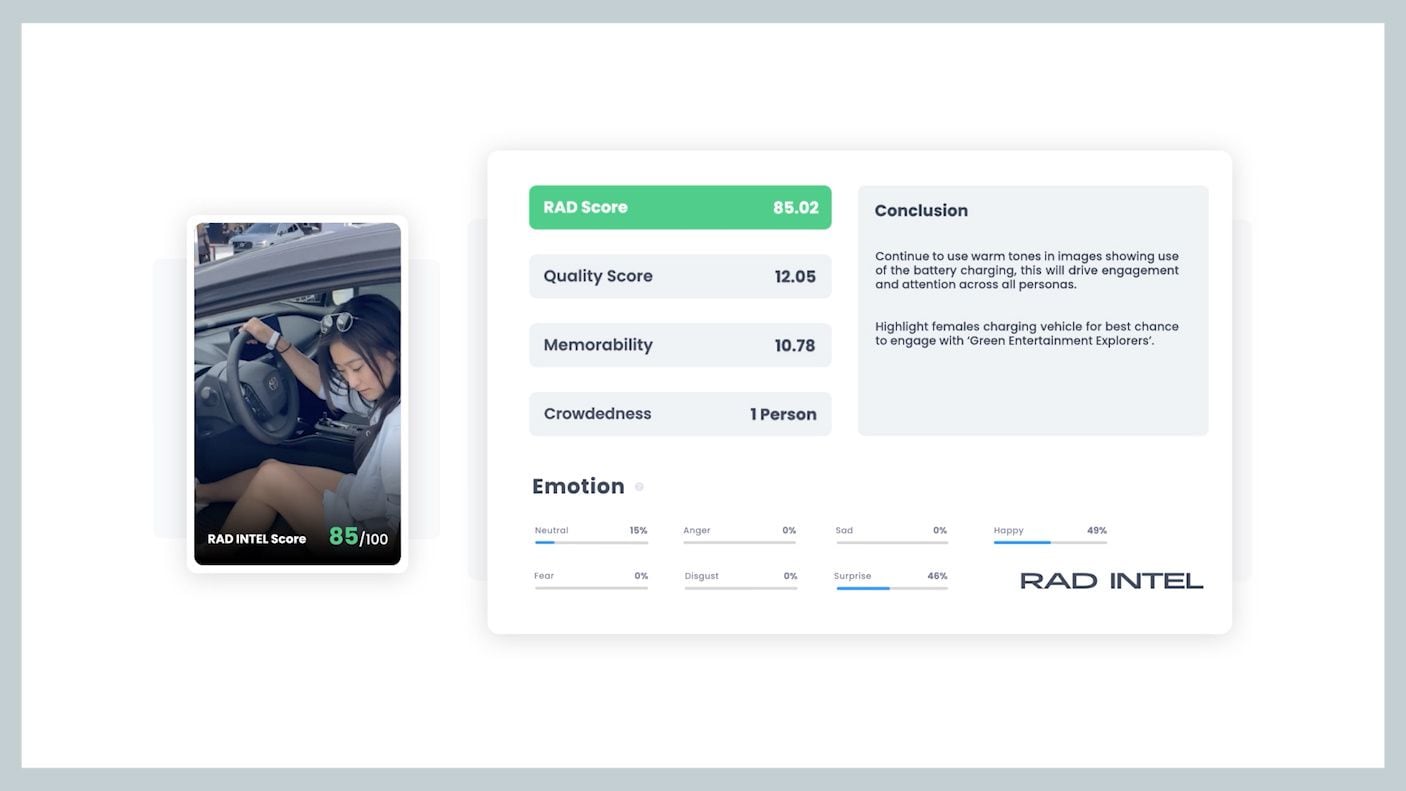*By Douglas Murray* Several years ago, when aluminum giant Alcoa halted production at one of its facilities in Massena, N.Y., it was unclear what would happen next. The smelting machinery that lined the factory’s six potrooms was removed. Other items, like repair equipment, scrap metal, office fixings, remained. Inside the structure is a scene of Rust Belt ruin. And it’s a site that might have been demolished, if not for a process far less tangible than smelting aluminum: mining Bitcoin. A transfer of past to present is in progress. Now, part of the aging factory is lined with rows of shipping containers filled with computers. These computers verify Bitcoin transactions and add them to the network’s public ledger. This process ー known as mining ー generates new Bitcoin. The project is in the hands of blockchain entrepreneur Prieur Leary, the co-founder of Coinmint, which took a lease on the space and moved in earlier this year. “If you wanted to talk about an existing structure…that's ready-made for our business, this is one of the better types of buildings that can be used,” Leary told Cheddar. In other words, Leary’s facility seamlessly lends itself to digital currency mining. Elevated and open floors allow cool air to flow inside the structure, which vents heat generated by the machines up through a duct along the vaulted ceiling. A power substation outside the south wall is linked to transmission lines that connect to the Moses-Saunders Power Dam a few miles away. “The same reasons Alcoa ($AA) chose this particular location \[are\] pretty consistent with the reason we picked it," Leary said. The dam, a cooperative project between the United States and Canada, spans the St. Lawrence River. Inside, the New York Power Authority’s 16 generating units produce 800,000 kilowatts of electricity. Coinmint purchases some of that power on the open energy market, bypassing commercial markups at electric utility companies. Its price of electricity fluctuates constantly, but on a good day, the company purchases power for less than $20 per megawatt hour, according to data from [NYISO](http://www.nyiso.com/public/markets_operations/market_data/maps/index.jsp?load=DAM) ー that's about a tenth of the statewide retail average, by Cheddar calculations. And because the dam operates in an area with such a small population, there are brief moments when the electric load is too high, and buyers are actually paid to use the excess supply. All that, Leary said, makes Coinmint's cost to mine or generate Bitcoin among the lowest in the world. Construction on the facility is still underway, and Leary hopes to fill the space within a year. He said once the structure is fully built-out, it will be one of the largest Bitcoin mines in the world. “Most people when they first walk in, it seems a little bit crazy to be putting in a digital currency data center here,” he said. “For us… we believe it made a lot of sense.”












